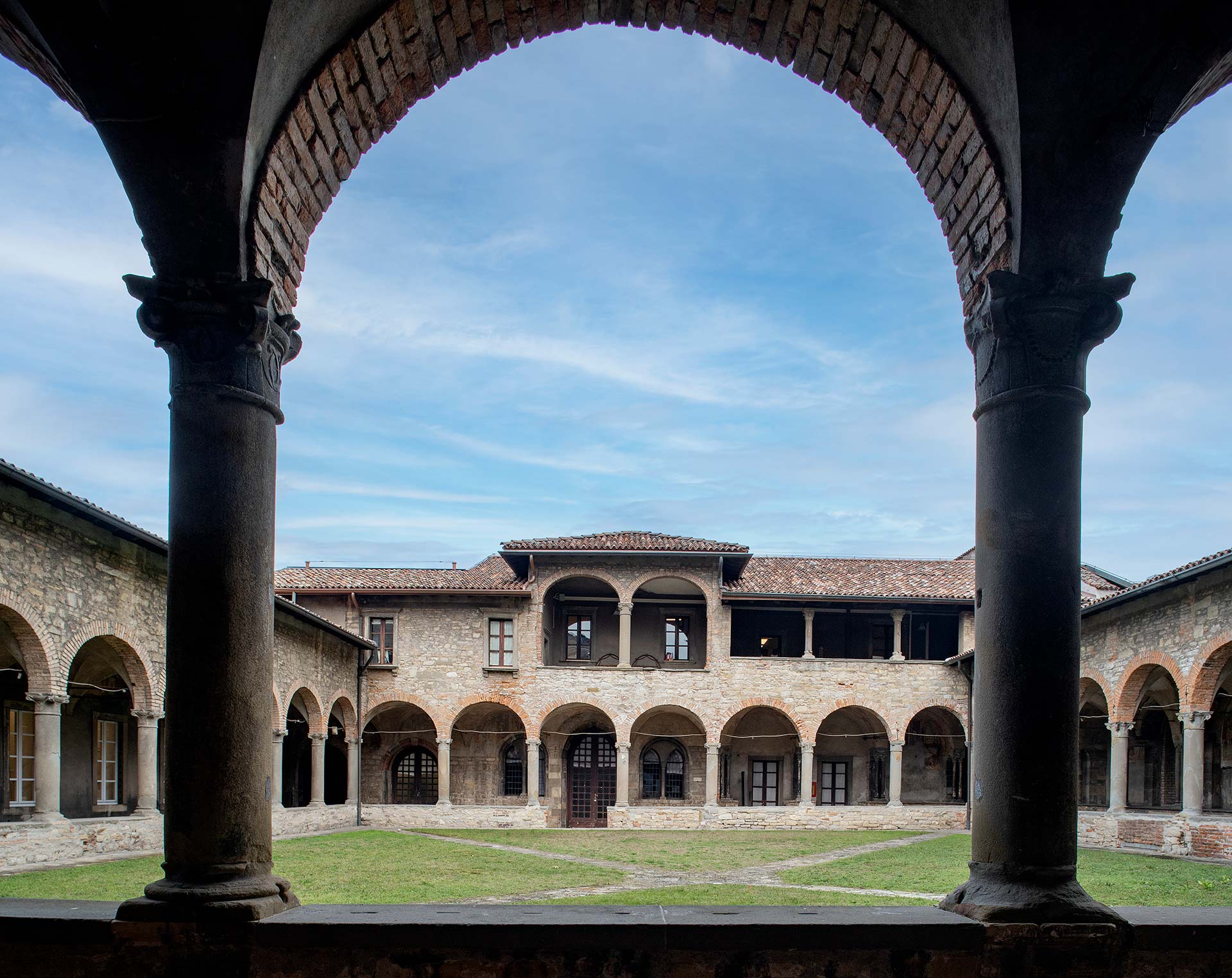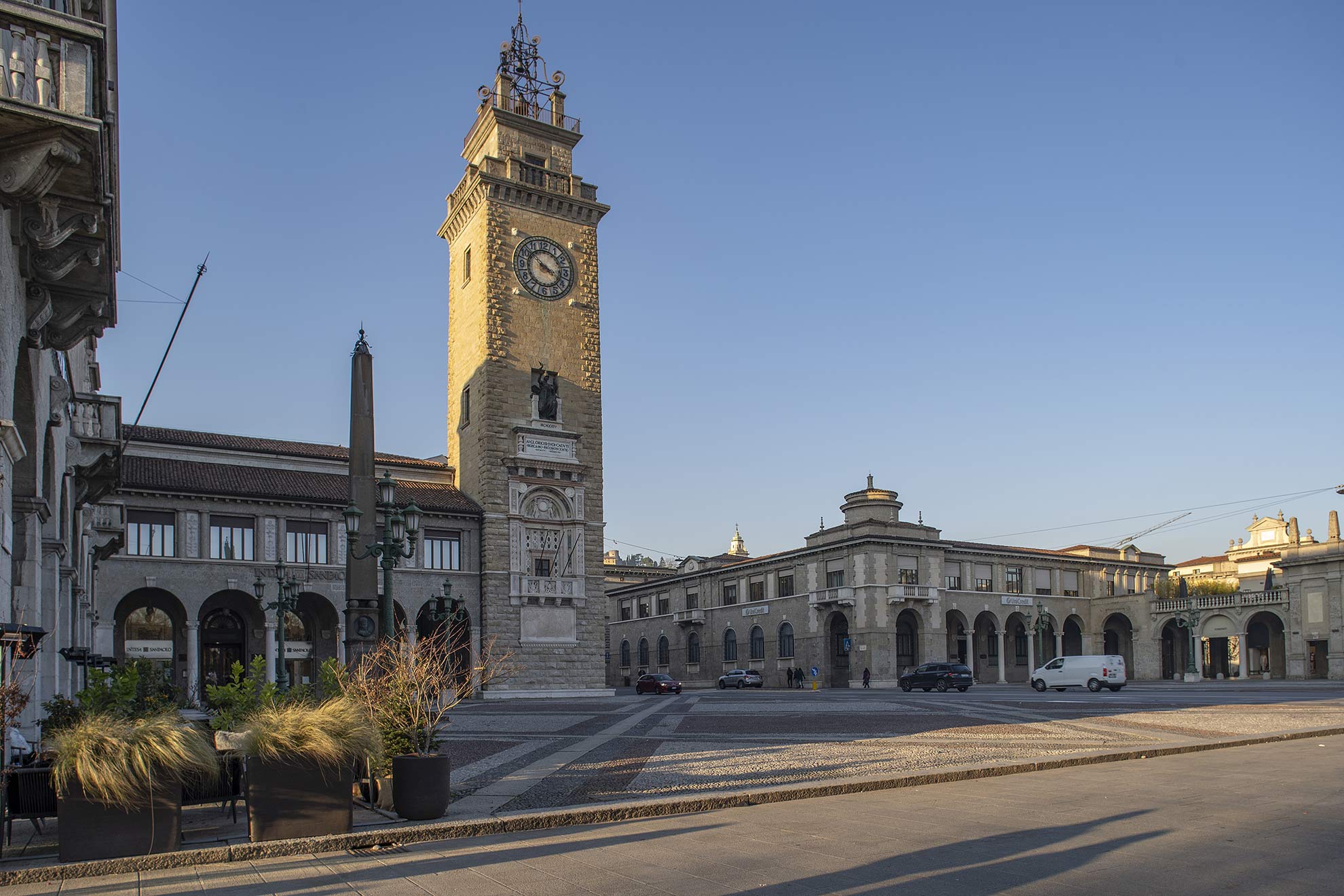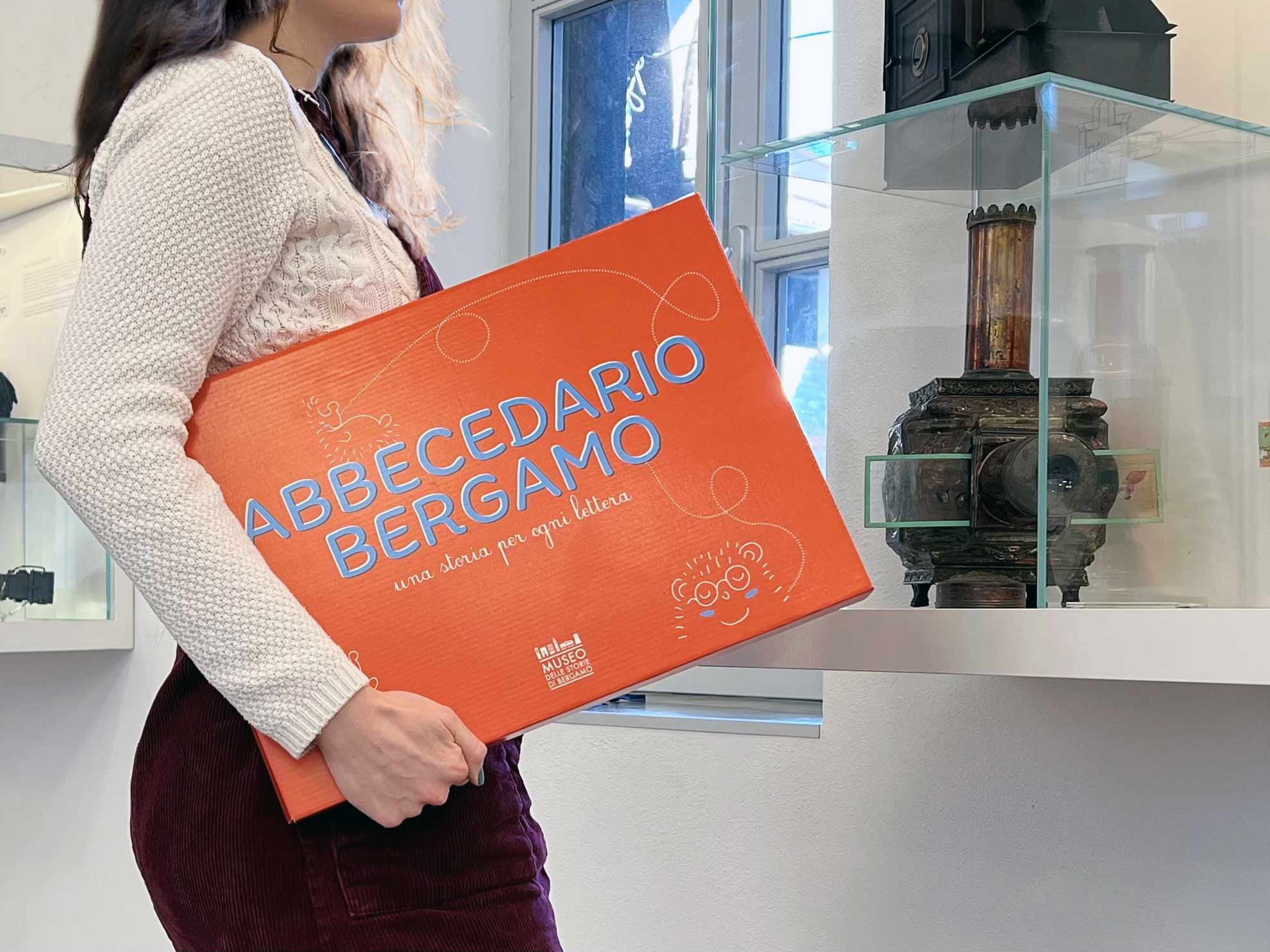
Museo della fotografia Sestini
A journey through the history of photography
The Museo della fotografia Sestini is a journey into the history of photography, its key actors, its technological evolution, and real life explored through a lens. Exciting multimedia installations present photographic techniques in use from the early 1800s until the late 1900s, recreate the dissemination of photography studios in and around Bergamo, and illustrate the Sestini photographic Archive. The permanent exhibition is completed by a display of old cameras and original instruments, which will accompany you in this ‘wonderful discovery’.
Information
Includes visit to Museo della fotografia Sestini + exhibition area + Convento di San Francesco
Full 5 €
Reduced 3€
18-26 years old, Groups of 15 people, discounts
Free
0-17 years old, Amici del Museo delle storie di Bergamo, person with disability and companion, ICOM members, accredited journalists, qualified tour guides, Abbonamento Musei Lombardia
Highlights

Column stereoscope
In the late 1800s, stereoscopic photographs (stereograms, i.e., pictures made to be placed in a binocular viewer, adding the perception of depth to images of reality and three dimensionality) were the latest craze. Unlike smaller models such as tabletop or hand-held viewfinders, column stereoscopes like the one displayed here made it possible to admire multiple stereoscopic images in a sequence, shown one after another. The inner workings are in fact made up of a chain along which the stereoscopic slides were positioned, the number of which could vary from 20 to 150, as is the case here.

The invention of the flash
The second of the two interactive tables dedicated to photography as a profession investigates the technical innovations that arose in the 20th century. The invention of the flash, patented in 1900, is certainly one of the most revolutionary. Here, the hands of a photographer are shown from above, demonstrating how it works. The glass lightbulb inside the camera contains a filament covered with magnesium powder: passing an electric current within the filament causes the magnesium explode and generates the characteristic bluish flash of light.

Magic lantern
The magic lantern is composed of a box that contains a candle: the light it emits is directed through an opening, over which a lens is placed. The principle is entirely analogous to modern slide projectors. At first, magic lanterns could only project a single still image at a time, but little by little people began to multiply the images and make them move, passing two or more slides over one another. In the 1700s, magic lanterns enlivened the sitting rooms of nobles, and in the following century they became the stars of colourful shows in town squares, useful teaching tools, and even toys for children.
Museo della fotografia Sestini
Opened in November 2018 in the west wing of the Convento di San Francesco, the Museo della fotografia Sestini is also home to the over 1,000 pictures of the Sestini photographic Archive.
The Museo della fotografia Sestini is more than a museum: it’s a cutting-edge hub for the conservation and cataloguing of photographic history, and a multi-purpose space in which to research, protect and promote the impressive patrimony that has been gathered in the Sestini photographic Archive from 2000 up to today.
It isn’t just a museum exhibition: the rooms dedicated to cataloguing and consultation, where a team of professionals organises and catalogues the digital photography collections, are connected to the spaces of the archive itself, the technological heart of the new hub, destined for the proper storage of the original materials.

Discover the Museum
From three videos recounting the birth of photography and its diffusion in and around Bergamo, to the exhibition of vintage cameras and the mastery of photographers in the 1800s and 1900s: a six-stage journey through the Museo della fotografia Sestini.
01
A wonderful discovery
How photography was invented and its pioneers
Read More
A wonderful discovery
Eleven screens on a wall near the entry break up and re-assemble the images of the first three narratives that star in the exhibit. The first video is a tale that starts from the creation of the first photographs (daguerreotypes) and ends with the recent digitisation of images. It’s a story about the beginnings of photography—and its immediate success—in Europe and in Italy.
02
A city of photographers
Photography soon reached Bergamo: it was an instant success
Read More
A city of photographers
The second video reconstructs the arrival and rapid expansion of photography in the Bergamo area. From the first pioneers of photography to the appearance of various photography studios in and around the city, up to the wonderful era of exhibitions and photo albums from the 1960s and 1980s, when Bergamo became one of the main centres of Italian photography.
03
The Sestini photographic Archive
An exciting video reconstructs the creation of the most important photography archive in the city
Read More
The Sestini photographic Archive
The third and final video of the first section is dedicated to one of the most important projects that is part of the Museo delle Storie di Bergamo: the Sestini Photography Archive. Starting from the first collection of images donated to the Museo del Risorgimento, up to the organic creation of a photography archive in the early 2000s, the video focuses on the collections in the archive, its treasures and the photographers behind the images, which today are part of our cultural and social heritage.
04
The world on a plate
The extraordinary manual and technical skills of 19th-century photographers
Read More
The world on a plate
Two interactive tables illustrate the methods used to produce photographic images and how they changed over time. On the first table, dedicated to photography in the 1800s, a photographer’s hands show early techniques, halfway between photography and chemistry: images created on plates made of copper, tin, and iron; the creation of negatives on plates; contact printing on albumen paper; and the mounting of daguerreotypes in frames.
05
The world on film
The technological evolution of photography in the 1800s and 1900s
Read More
The world on film
The second table is entirely dedicated to the 1900s, when the introduction of film instead of glass plates completely changed the way photography was produced and spread. The clips show, from above, how a negative is developed, how the image is printed with an enlarger in a darkroom, and the different features on cameras made by companies such as Rolleiflex, Hasselblad and Polaroid, icons of professional photography in the 1900s.
06
Historic cameras
A collection of iconic cameras: from magic lanterns to flashes
Read More
Historic cameras
The exhibition concludes with a display of original materials from the Museo delle Storie di Bergamo: magic lanterns, daguerreotypes, cameras with glass slides and those that use film, older cameras and new ones, studio equipment and that to use out in the ‘field’. Visitors can admire the evolution of cameras from the 1830s to the 1980s in just a few steps!
Tutte le notizie su Bergamo 900
Scopri le novità che ti attendono in museo

Apertura speciale per Sant’Alessandro
In occasione delle celebrazioni del patrono, venerdì 25 agosto il Campanone e il Palazzo del Podestà saranno aperti con orario straordinario dalle 19 alle 23 a tariffa ridotta.
Read more

Aperture straordinarie Ferragosto 2023
Aperture straordinarie di lunedì 14 e martedì 15 agosto.
Read more

Proroga della mostra BergamoBrescia Cultura d’impresa
Read more

Chiusura Biblioteca
Read more

2 giugno al Museo
Read more

Click & Talk. Festival di storie di innovazione in fotografia.
Read more

Campus estivo in Museo 2023
Read more

Abbecedario Bergamo
Una valigetta e 21 lettere: a Bergamo nasce un nuovo abbecedario ideato dai Servizi Educativi del Museo delle storie per avvicinare anche i più piccoli tra 4 a 6 anni alla storia della città.
Read more

Biglietto All In One a Bergamo
7 luoghi, un unico biglietto! Il ticket ti permette di visitare in 48 ore tutta la rete del Museo delle storie di Bergamo
Read more